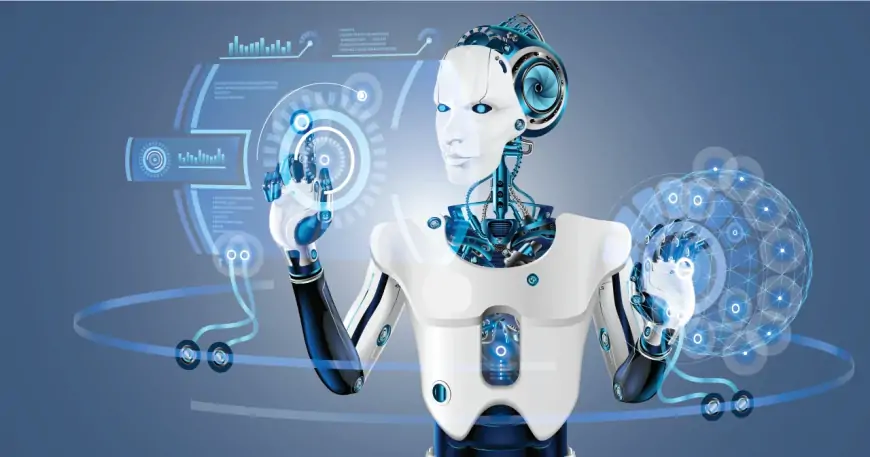What is Robotic Process Automation? Definition from Digimagg
Robotic Process Automation (RPA) automates repetitive tasks using software robots, boosting efficiency and reducing errors.

Robotic process automation (RPA) is a software technology simplifying the creation, deployment, and supervision of software robots mimicking human actions in digital environments. Similar to humans, these robots interpret screen content, execute precise keystrokes, maneuver systems, extract data, and execute various predefined tasks. However, they do so quicker and consistently, eliminating the need for breaks or pauses.
The transformative nature of RPA
RPA technology is revolutionizing global workflows. Instead of humans, software robots handle repetitive and less intricate tasks such as logging into systems, data manipulation, form completion, and basic analyses. Advanced robots even tackle cognitive tasks like text interpretation and engaging in conversations. By automating these high-volume tasks, humans can redirect their efforts towards innovation, collaboration, and customer interaction. This shift enhances productivity, efficiency, and adaptability for enterprises, marking RPA as a pivotal force reshaping the landscape of work.
Applications of RPA across industries
Currently, RPA is revolutionizing operations and liberating individuals from repetitive tasks across various sectors and functions. Businesses spanning from finance, healthcare, and manufacturing to public services and retail have embraced RPA in departments like finance, compliance, legal affairs, customer support, operations, and IT. This trend extends even further. RPA's widespread adoption is due to its versatility, as it can be applied to almost any high-volume, rule-based, repetitive process, including cognitive tasks that demand advanced AI capabilities.
Business advantages of Robotic Process Automation
Robotic process automation enhances organizational profitability, adaptability, and responsiveness by optimizing workflows. Moreover, it boosts employee contentment, involvement, and efficiency by eliminating routine tasks. RPA is swift to deploy, non-disruptive, fostering rapid digital advancement. It excels in automating processes involving legacy systems without APIs, virtual desktop infrastructures (VDIs), or direct database access.
The rapid expansion of RPA in enterprise software
When considering RPA's tangible benefits and its comparative ease of implementation within the enterprise tech landscape, it's evident why RPA adoption is rapidly increasing globally.
- RPA proves valuable across diverse industries, offering tailored solutions to address specific operational challenges with efficiency.
- Functional leaders, spanning from finance to customer service, marketing, and human resources, witness enhanced processes through RPA, resulting in increased capacity, accelerated throughput, and reduced errors.
- From a financial standpoint, RPA presents a compelling case for rapid ROI and demands minimal initial investment compared to other enterprise technologies, a perspective particularly appealing to CFOs.
- IT executives appreciate RPA's seamless integration with existing systems, leading to minimal disruption. RPA serves as a crucial facilitator of digital transformation, especially as it can effortlessly navigate and operate within legacy frameworks. Additionally, contemporary RPA platforms offer scalability and readiness for enterprise deployment.
- Employees embrace RPA's accessibility and find it straightforward to incorporate robotic assistants into their daily tasks. RPA's low-code approach empowers them to become citizen developers, enabling them to create their own basic automations.
Distinguishing between RPA and Artificial Intelligence (AI)
RPA and AI are distinct entities, yet when combined, they unlock vast potential for enterprises. RPA now facilitates the integration of advanced AI capabilities, such as machine learning models, natural language processing (NLP), and image recognition, into robotic processes. This enhancement significantly broadens robots' capacity to handle cognitive tasks, including document understanding, screen visualization, and speech comprehension.
Moreover, AI contributes to identifying automation opportunities systematically through RPA applications like process mining, enabling the development of a robust automation pipeline. As companies seek to expedite AI integration into everyday operations and decision-making, RPA emerges as a crucial conduit. Robots can be configured to apply machine learning models to automated analyses and decision-making processes, embedding machine intelligence within daily operations.












































